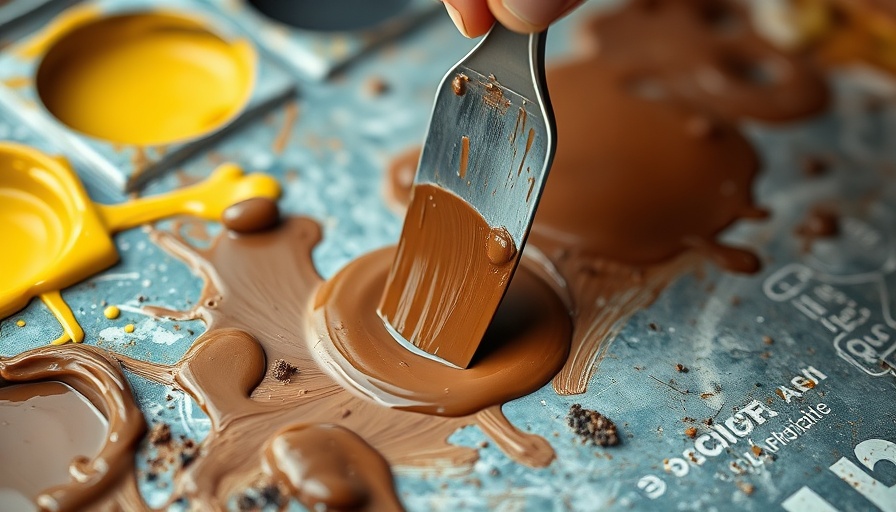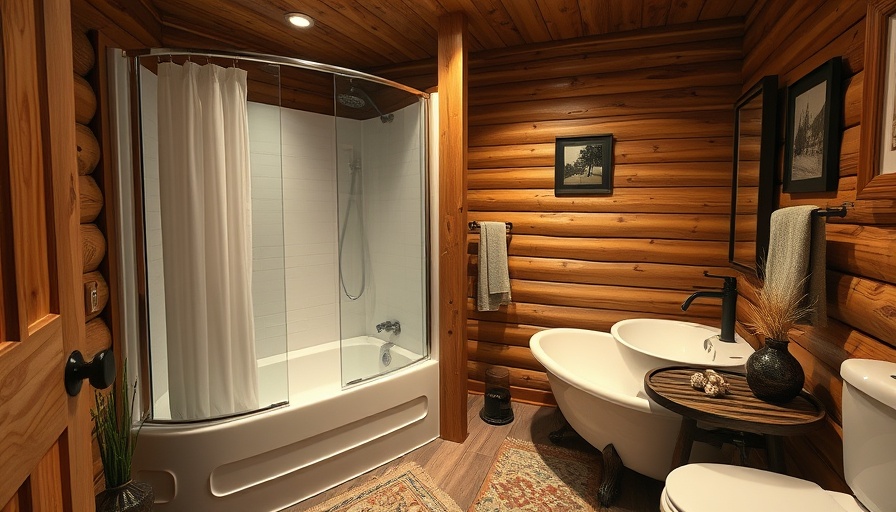
Crafting Your Own Perfect Brown: A Simple Guide
Imagine you're painting your living room a warm chocolate brown. You mix your colors, but wait—you're out of brown paint! Don't panic. You can easily create your own custom brown paint with just a few colors you likely already have in your collection. In this article, we'll not only show you how to mix brown paint but also provide valuable insights on enhancing your DIY home projects.
Understanding the Basics of Color Mixing
To successfully create brown paint, it's essential to understand the primary and secondary colors. The three primary colors—red, blue, and yellow—serve as the foundation for creating a variety of hues. By mixing two primary colors, you get secondary colors like orange, green, and violet. Combine varying amounts of these to produce shades of brown that suit your project. This basic knowledge can tremendously enhance your color mixing and can even inspire new palettes for interior design.
The Importance of Color Terminology
When mixing, knowing the terms can make your process smoother, especially if you're a beginner. A hue refers to the base color, while a tint is achieved by adding white, a tone is when gray is mixed in, and a shade is produced by incorporating black. Mastering these terms will provide you with a clearer palette for your creative projects.
What You'll Need for Mixing Brown Paint
Gathering your materials and tools is step one. For mixing custom brown paint, you'll need:
- A mixing board or a clean flat surface
- Primary color paints: red, yellow, blue
- White and black paint for adjustments
- A plastic spoon and a palette knife for easy mixing
Now, let’s jump into the painting process!
Step-by-Step: Mixing Brown Paint
Step 1: Mixing the Primary Colors
Start by pouring equal parts of red, yellow, and blue paint onto your mixing surface. For best results, be careful with the proportions because a small amount of one color can significantly alter the outcome.
Step 2: Adjusting for the Perfect Shade
After mixing your colors, you'll often find that you desire a different shade of brown. This is where incorporating black or white comes in. Adding black will deepen your color, while white will lighten it. Small adjustments can lead to your dream shade of brown.
Practical Tips for DIY Homeowners
When tackling home improvement tasks, always keep in mind these practical insights:
- Invest in a Color Wheel: This affordable tool can save time and enhance your color-mixing adventures by clearly showing complementary colors.
- Mix in Small Batches: Begin by mixing small quantities. Once you’ve found the right shade, recreate it in larger amounts.
- Practice Makes Perfect: Experiment with different combinations to discover new colors. The more you mix, the better you’ll understand how colors interact.
Enhancing the Value of Your DIY Projects
Mixing your own paint not only saves money but it also allows for unique customized colors that are perfect for your home’s aesthetic. Rather than relying on store-bought options, creating your own brown paint can help set the tone for a truly personalized living space.
Conclusion: Unlock Your DIY Potential
Mixing your own brown paint opens up a world of creative possibilities. With just a handful of primary colors, you can create shades that perfectly match your vision. So, gather your supplies, experiment with color, and transform your DIY projects today! Whether it’s a vibrant living room makeover or simple crafts, taking charge of your color choices fosters creativity and personal expression.
Explore your creativity through color mixing! Dive into your next DIY project and see the transformation that custom paint can bring to your home. You’ll be amazed at what you can accomplish!
 Add Row
Add Row  Add
Add 




Write A Comment